How to Boost Productivity (Without the Burnout)
By Tim Russell
Do you ever hit that 3pm dip in the day and struggle to find the spring in your step to do anything? According to many studies, the dip in your day is a perfect time to get creative.
But let's back up. Each of us have a chronotype, which is a fancy word for internal clock. It governs more than your sleep cycle though. It can actually help us understand when we tend to have better focus, creative spikes and swings in our mood.
Once we understand our chronotype, we can reallocate our daily tasks into pockets of the day that align with our natural flow of energy. Everyone goes through three phases during the day: peak, trough and rebound (if you're a night owl, it's the reverse pattern).
Most of us loosely follow this energy curve, but if you want to deep dive on your chronotype, you can check out the Power of When quiz online. Daniel Pink's book When: The Scientific Secrets of Perfect Timing is also an excellent resource.
Research shows that we should do analytical tasks during our PEAK (where we have the most focus) and creative tasks during our TROUGH (where distractions can allow us to make connections or discoveries that would be less likely found in peak phase).
Your challenge for the week is to make a list of all daily tasks and assign them A or C (analytical or creative) and schedule them purposefully into your natural phases. Now that trough is no longer useless time and we don't have to push ourselves as much against our natural body rhythms to a point of burn out.
Here are some examples of tasks and suggested timing:
Learning a new song (A): Morning
Storytelling of new song (C): Afternoon
Memorizing lines (A): Morning or Evening
Writing or blogging (C): Afternoon
Researching new material (A): Morning
Reaching out or "spruiking" (C): Afternoon
Character work (C): Afternoon
Practicing skills like singing or dancing (A/C): Depends (technical practice requires a lot of mindfulness and could be done in peak or rebound phase, but once we release the obligation of technique, the task becomes largely creative).
Now that I understand my chronotype and which tasks are analytical or creative, I can use that information to create a daily schedule that amplifies my productivity. I need to work on my analytical tasks (technical practice, researching) in the mornings, when I'm at my peak. Then during my afternoon trough, I should focus on my creative tasks (spruiking and blogging).
Good luck and have a productive week!

